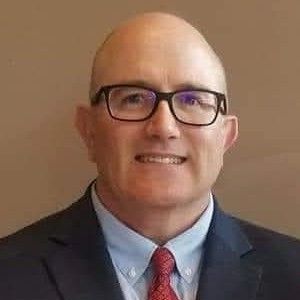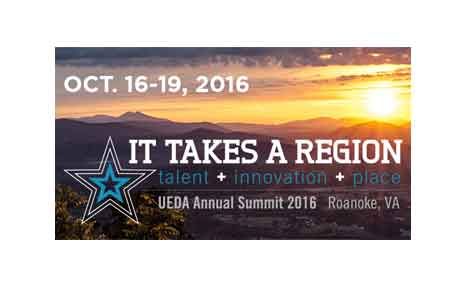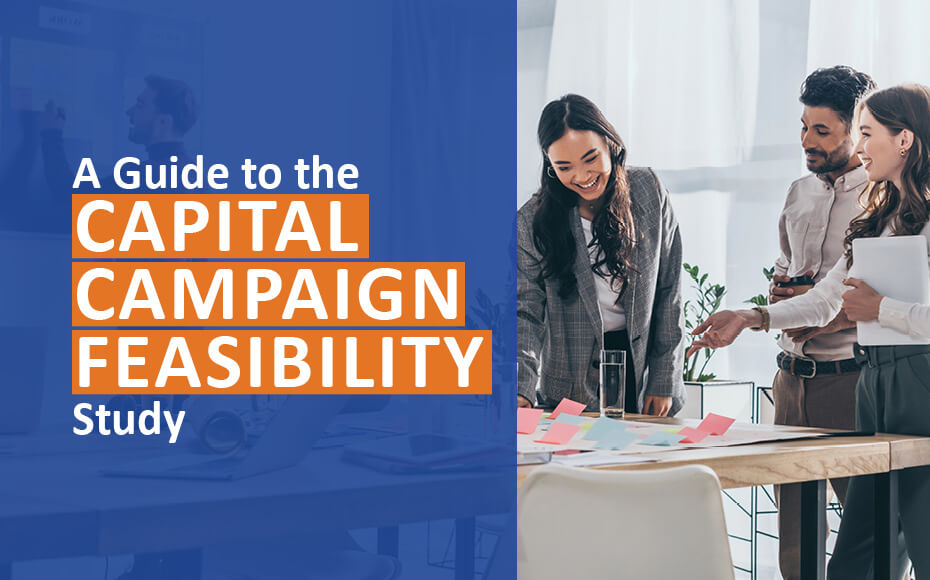Community Colleges change lives. We all have heard the stories of the financially strapped students whose dreams of a college degree seem unachievable until a scholarship opportunity opens the doors to their future. Philanthropy at its Horatio Alger-esque best! The donor feels good about their gift and the recipient has a dream fulfilled. This was the norm in community college philanthropy for many years and then the world changed.
Since the recession of 2008, the community college-philanthropic paradigm has shifted and more and more donors are directing their giving towards creating programs and services that address regional workforce and job skills gaps. Philanthropy has become akin to investing, and 'feel-good philanthropy' has been accentuated by a focus on outcomes and a return-on-investment (ROI) model. At the heart of this ROI model are jobs... creating a well-trained workforce, laser-focused on regional business and industry needs. Community Colleges are at the epicenter of this movement!
Community College leaders like Dr. Edna Baehre-Kolovani, President of Tidewater Community College in Virginia, have embraced this concept.
'TCC's goals in workforce education and training are intended to yield positive outcomes for the survivability of the target industries and the communities within which these businesses operate. This approach pertains to on-the-job for incumbent or pre-employment training for prospective employees; for people acquiring credentials and degrees in the community college in high demand and emerging skills areas; or upskilling in areas where technology demands new skills and knowledge.
Today, one of the first questions asked by business is whether there is a pipeline for future knowledge and skills needed in the industry, or whether there are opportunities to retrain incumbent workers in order to sustain or grow their business?
The case can effectively be made to businesses that an investment in workforce training and education at a community college will yield high ROI.'
As industries struggle to find their future skilled workforce, community colleges due to their ability to be limber and shift quickly to meet the changing needs of their regional industry partners are creating an employment pipeline. This pipeline establishes a mutually beneficial relationship between the college and regional business and industry partners... working together for the future economic viability of the region.
Dr. Nick Neupauer, President of Butler County Community College in Pennsylvania, has worked diligently to position his institution to be the spoke in the center of the regional wheel of economic development.
'In Butler, we have assisted our county with a unified approach to economic development. Because economic development is very much a part of the fabric of America's community colleges, county leaders have turned to the College to help with this exciting initiative. Doing so will allow all county players i.e. tourism, workforce investment boards, BC3, Slippery Rock University, chambers, etc., to be on the same page for grants, curriculum alignment, and private giving to operationalize the vision of our county leadership.'
What does this mean for the future of community college philanthropy?
It means increased collaboration, dialogue, and regional problem-solving where community college presidents such as Dr. Baehre-Kolovani and Dr. Neupauer sit shoulder to shoulder with business and industry leaders and create solutions to daunting regional economic challenges. These collaborative partnerships will frame the philanthropic intent of funders, with dollars directed towards prioritized industry sector-specific initiatives. At Tidewater Community College, a recent feasibility study pointed towards the need for more marine welders, auto technicians, and hospitality and culinary workers. Industry sectors are excited to invest fundraising dollars into these areas because they know it is an investment in their future workforce.
Community Colleges continue to change lives by offering scholarships to financially challenged students... but now these same community colleges are also leveraging philanthropic support to create well-trained, job-ready workers eager to become productive members in a healthy and economically viable region. This duality of donor intent means that 'donors' are becoming 'investors,' and as such are seeking quantifiable ROI hard metrics that show the economic impact of each gift, each investment, and each campaign.







